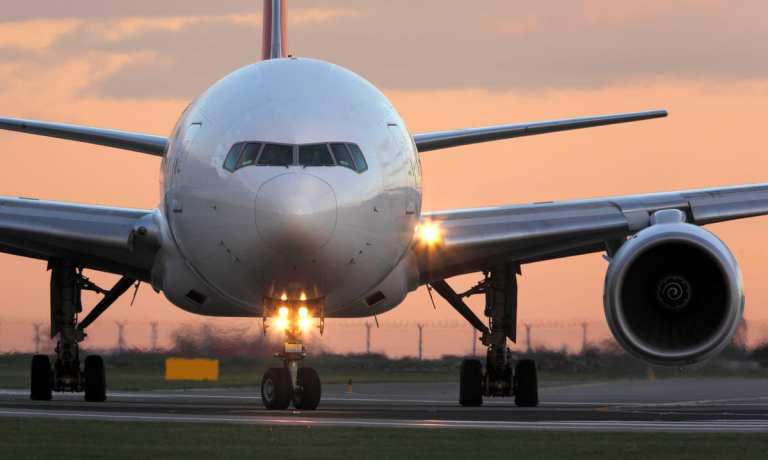Airline Industry Group Chief Predicts Reduced Capacity Post-Pandemic

What’s next for the airline industry, which saw global passenger traffic fall by over two-thirds last year as the COVID-19 pandemic swept the world? Airlines cut flights and mothballed one-third of the commercial jet fleet in the wake of the collapse.
The head of the International Air Transport Association (IATA) said in an interview that the industry will not emerge unscathed. Reuters reported Monday (May 24) that IATA Director General Willie Walsh predicted that the industry will be smaller and more cautious about making acquisitions.
“We are not going to recover all the capacity,” Walsh said in a pre-recorded online interview broadcast on Monday. He pointed to all the grounded aircraft and laid-off workers.
“It will be a more cautious industry,” Walsh said, adding that he does not expect to see too much in the way of mergers and acquisitions. “People will be guarded about the cash they have.”
He predicted that some airlines will shrink their operations and some will fail. “It’s going to take airlines time to repair their balance sheets,” he said. “Airlines are not going to be able to take the risk of operating unprofitable routes in the short term.”
IATA has forecast global travel demand to return to 2019, pre-pandemic levels in 2024.
That has a similar ring to the report put out Monday by the National Economic and Social Development Council of Thailand, which said it could take another five years for the tourism industry to return to normal in that country. At this point, Thailand is still reeling from another wave of COVID-19 cases, its worse ever.
Nonetheless, low-cost and regional airlines still have their niche.
Last week, upstart Breeze Airways announced that it was readying for takeoff with 39 nonstop routes. The new low-cost airline’s inaugural flights will run between Hartford, Conn.; Tampa, Florida; and Charleston, South Carolina beginning in late May. A company announcement said that the rest of its destinations will be added weekly through July 22.